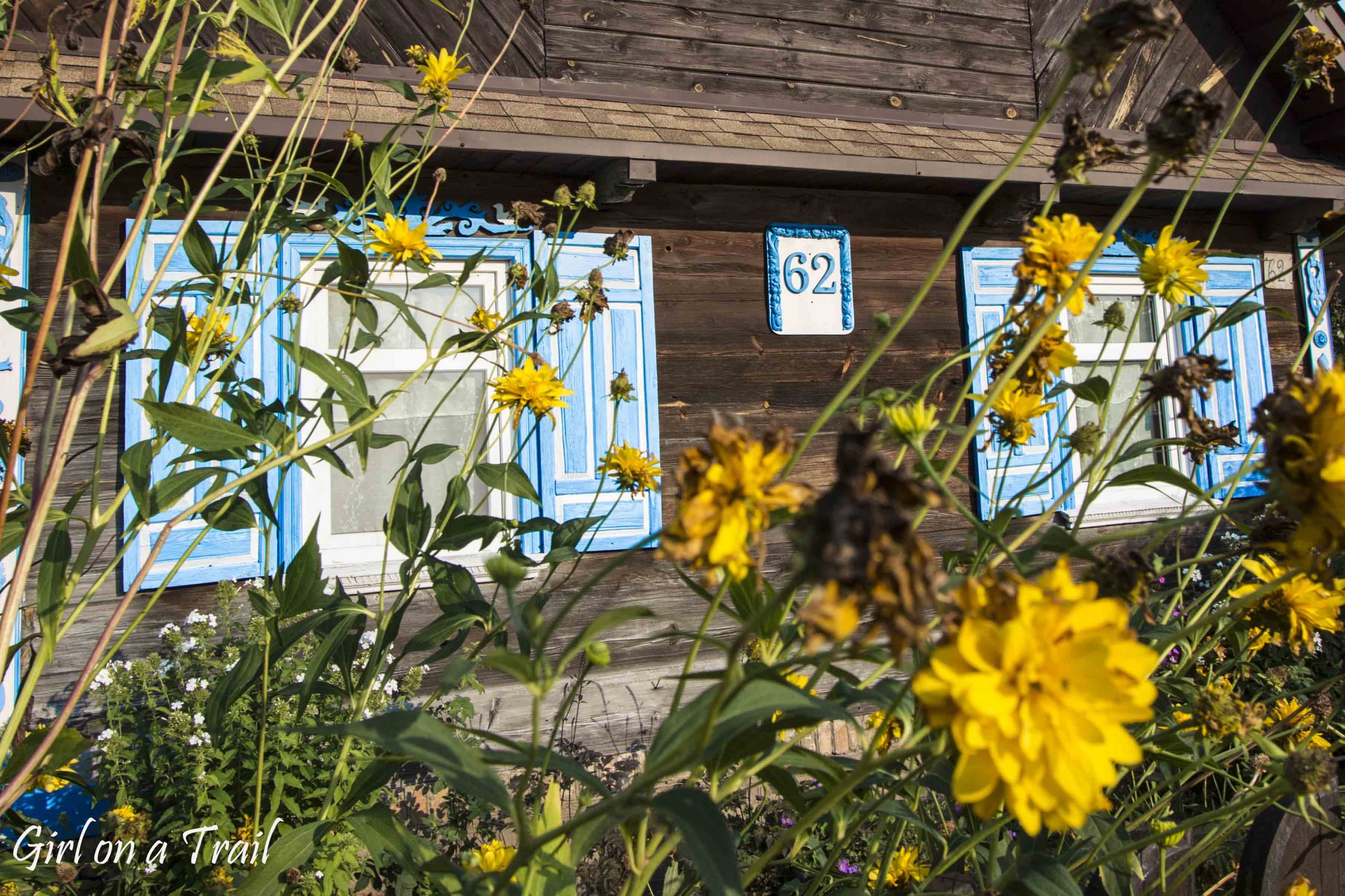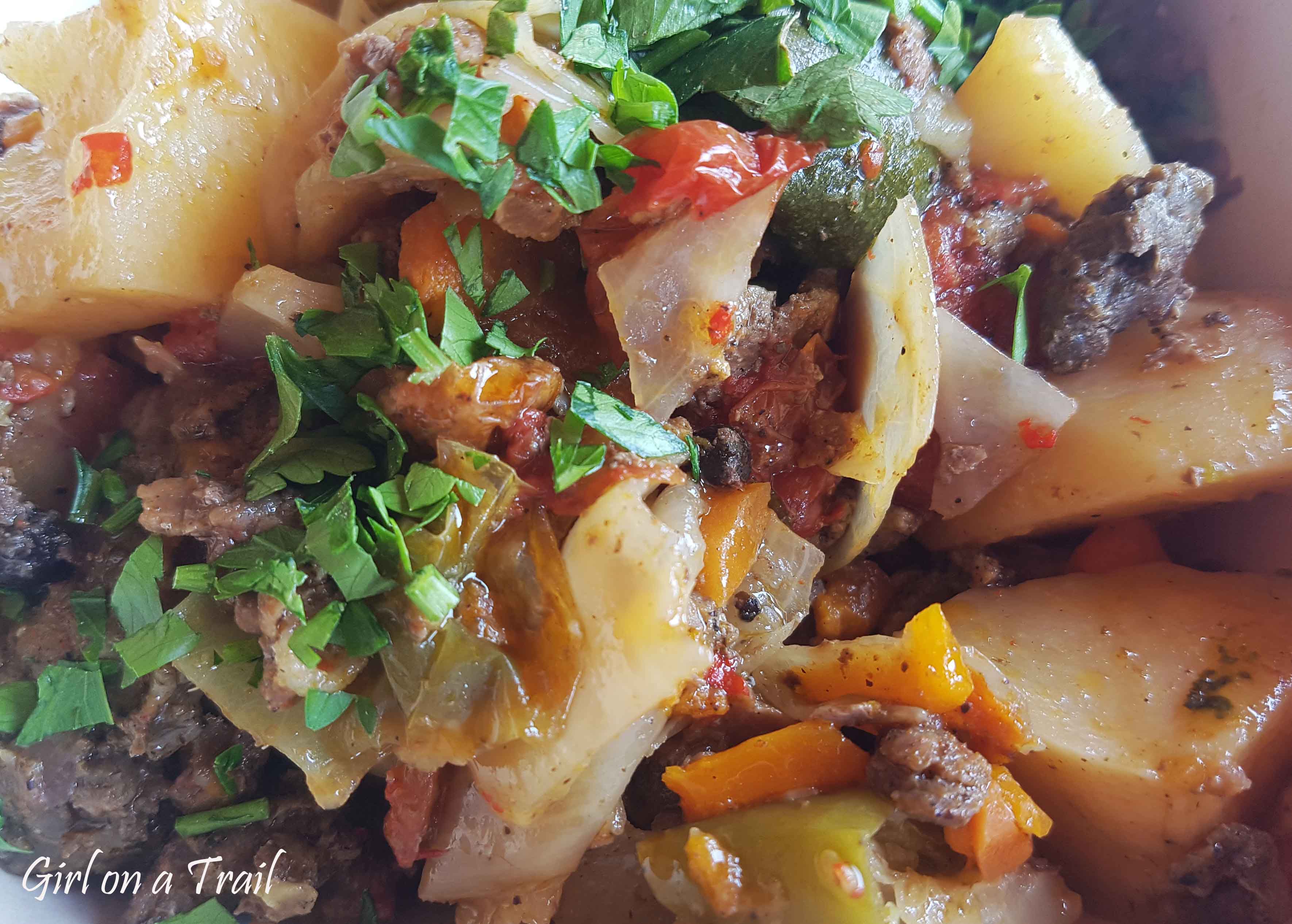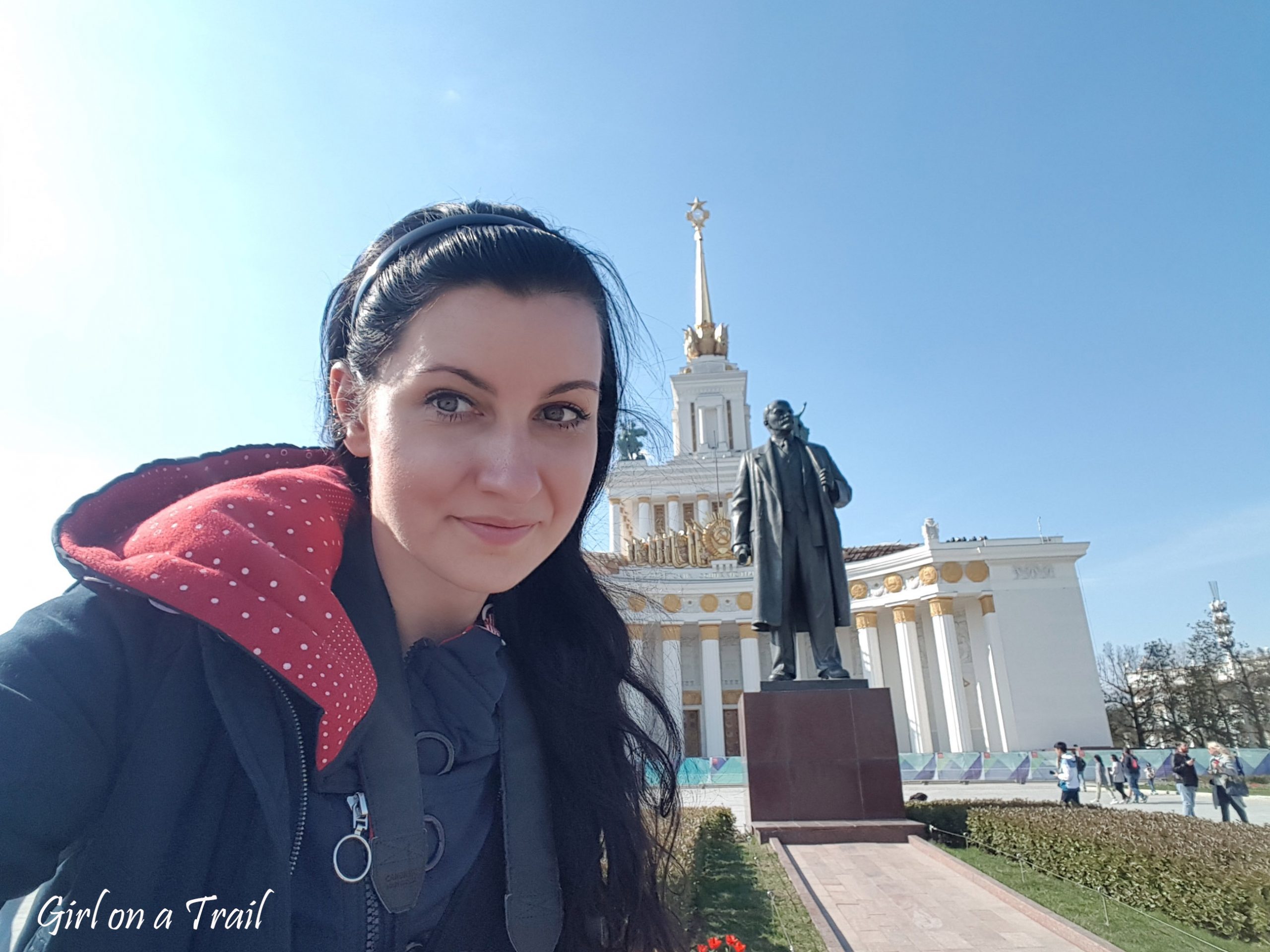
Podlasie – fabulous Eastern Poland, Day 2 – Girl on a Trail
Heading from Bialowieza to northern Podlasie, it is worth visiting the ruins of the church of St. Anthony in the village of Jalowka. Arc vaults, high columns and huge windows, give the idea of the former glow of this place. The temple was ruined at the end of the war in 1944.


At that time, the German army, for fear that this place was an excellent observation point, blew it up. In front of the ruins there’s a special altar where mass is celebrated every year on St. Anthony’s Day.


Just 12 kilometers from the ruins of the church there’s a closed border crossing with Belarus, Zubki Bialystok – Brestowica. It’s close to the gravel road leading through villages located along the border with Belarus, and in some places such as the Mostowlany village, Belarus is literally at hand. Zubki Bialystok-Brestowica border is actually a closed railway crossing, hidden among the fields and hills.

Although the passage no longer works, watch out for the green booth, which is located exactly in the place of the border. It is equipped with a laser sensor informing the Belarusian border guards about the illegal crossing of the border. Personally, I admit that I stayed away because my last trip to Belarus almost ended in deportation, but I’ll write about it another time 😉 However, if someone looks for excitement, violating this space may be an interesting experience 😉

Following further northward, it’s worth vsiting Tatars’ village – Kruszyniany. In the 17th century, this village was given the Tatars’ community as a gift from Jan III Sobieski – Polish king. Currently, you can see here the oldest green wooden mosque in Poland and a Muslim cemetery where all gravestones according to tradition are turned towards Mecca.


My culmination point in Kruszyniany was a visit to the Tatarska Yurta restaurant, which specializes in Tatar cuisine. You can try here kryszonka – beef with stewed vegetables and potatoes, and cheburek – baked dumpling, stuffed with cabbage, plums and honey, it’s a real discovery!


It’s worth visiting the restaurant at the full hour from 12 to 15, then you can try an excellent pierekaczewnik – multi-layer cake with perfectly seasoned turkey meat with onion. I also recommend homemade sea buckthorn compote, which is a rich source of vitamin C.

An interesting place of a religious character is the Skit of Saint Anthony and Theodosius Pieczerski in Ordynki village. This place is unique as it used to be a hermitage. What’s more, is the only Orthodox hermitage in Poland. This is an atmospheric place, far from civilization, in the middle of meadows. During heavy rainfall, when the level of the river Narew rises, this place seems to be an isolated island.

Another interesting place related to Orthodox religion is a church in Narwia which has characteristic blue colour.

The Church in Narwia is actually a gateway to the so-called Land of Open Shutters. The Land of Open Shutters is a fairytale place located mainly in three tiny villages: Trzescianka, Soce and Puchly. The unique atmosphere of this area is created by an original colorful architecture, which resembels former Russian settlement.


The main motive are obviously richly decorated shutters, but the facades of buildings have many more interesting details. Many houses use old wells. There’re also a lot of old shrines and crosses and stork nests.


First of the towns – Trzescianka. It owes its characteristic layout, to Polish queen Bona, who decided to bring architectural order here. It is also worth visiting the green church of St. Michael the Archangel.

On the other hand, in the next town – Puchly you can see beautiful blue church.

Beautiful, decorated houses and well-groomed farms can be seen in Soce. Its architectural layout is quite surprising because this village extends along two parallel streets. Entrance to the village can be recognized by roadside crosses.


As a farewell to the Land of Open Shutters and Podlasie it’s worth visiting two additional towns: Wojszki and Plutycze. They are officially not included in the Land of Open Shutters, but the colours and decorations of buildings are as fabulous as in the previous places.





